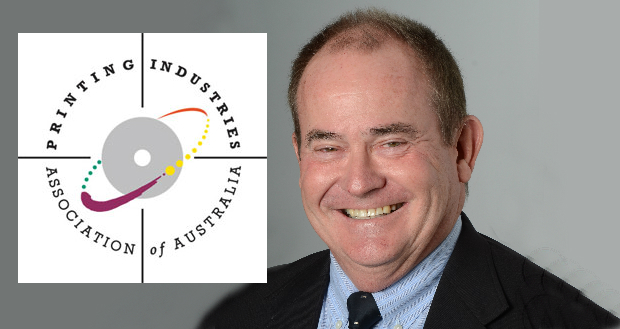Figures released by the Australian Bureau of Statistics (ABS) show that headline inflation increased by 1.6 per cent during the March 2011 quarter lifting the annual rate to 3.3 per cent, meaning it is now above the RBA upper target range of 3 per cent.
The March quarterly increase was the largest recorded increase since June quarter 2006 and the annual rate now is at its highest level since December quarter 2008, according to Printing Industries.
Hagop Tchamkertenian, national manager for policy and government affairs at Printing Industries says the annual underlying rate of inflation which helps to remove on-off or temporary influences on prices remained stable during the March quarter.
He continues, “The observed spike in the headline inflation rate is not reflected in the annual underlying rate which at 2.3 per cent is still well within the RBA’s target band of 2-3 per cent. In fact compared to a year ago when the annual underlying rate of inflation was at 3.1 per cent, the latest inflation data actually shows moderating underlying inflation.”
Tchamkertenian adds, “This is an important consideration and no doubt the RBA will take some comfort from the fact that whilst the temporary inflationary forces are at play, the ongoing or structural inflationary factors seem to be under reasonable control.
Another consideration for the RBA will be the currency factor as a strong Australian dollar should continue insulating the economy from the threat of imported inflation, according to the Association.
Printing Industries outlines that main contributors to the spike in the headline rate were automotive fuel, increased food prices caused by natural disasters such as floods and cyclone Yasi, deposit and loan facilities and pharmaceuticals.
Tchamkertenian says a number of cyclical influences also account for the recorded price increases in health, education and alcohol and tobacco groups.
He says, “This is why Printing Industries is urging the RBA to keep official interest rates on hold. The headline inflation rate certainly looks bad, but once you start dissecting the numbers then you see numerous one-off or temporary influences at play.
“The critical thing is that the annual underlying rate of inflation was actually lower than the same period a year ago, and that should persuade the RBA to keep interest rates on hold.”
Comment below to have your say on this story.
If you have a news story or tip-off, get in touch at editorial@sprinter.com.au.
Sign up to the Sprinter newsletter



